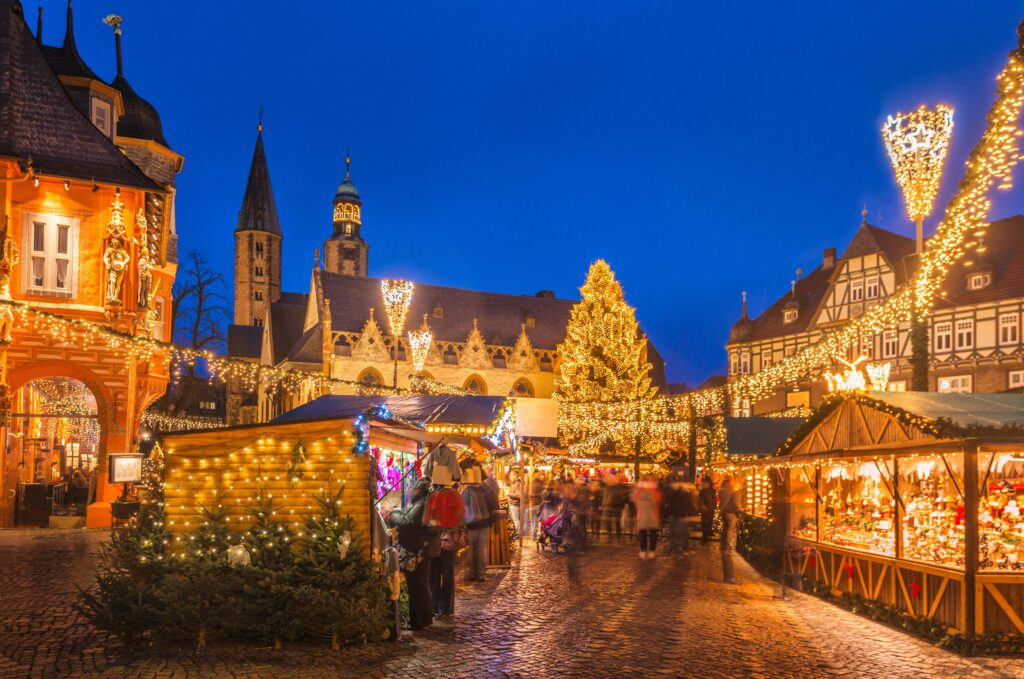Phone: 0118 4376315 / 07979 424559
Address: 30 Westwood Glen, Reading RG31 5NW
Unique Christmas Customs from Different Cultures

As the holiday season approaches, people around the world prepare to celebrate Christmas in their own unique ways. While many of us are familiar with traditional customs like decorating trees and exchanging gifts, there’s a fascinating array of lesser-known traditions that showcase the rich cultural diversity of Christmas celebrations worldwide. Let’s embark on a global journey to explore some of the most intriguing and unusual Christmas customs from various cultures.
European Christmas Traditions
Europe is home to some of the most enchanting and sometimes peculiar Christmas traditions. In German-speaking Alpine regions, the festive season takes an eerie turn with the appearance of Krampus, a horned creature accompanying St. Nicholas. This demonic-looking character is said to punish misbehaving children, serving as a stark contrast to the gift-giving Saint. Meanwhile, in Sweden, the city of Gävle erects a giant straw goat each year as a Christmas symbol. Known as the Gävle Goat, this massive structure has become famous not only for its size but also for the frequent attempts by vandals to burn it down, turning its survival into an annual event of its own.
Asian Christmas Customs
In Asia, Christmas celebrations often blend local traditions with Western influences, resulting in unique customs. Japan has developed a rather unusual Christmas dinner tradition: Kentucky Fried Chicken. This custom began in the 1970s when KFC launched a highly successful marketing campaign, and now millions of Japanese families flock to KFC for their Christmas meal. In the Philippines, the Giant Lantern Festival in San Fernando, Pampanga, illuminates the night sky with intricate and colorful parols (star-shaped lanterns), symbolizing the Star of Bethlehem and showcasing Filipino craftsmanship.
Christmas in Oceania
Christmas in the Southern Hemisphere offers a stark contrast to the snowy scenes often associated with the holiday. In Australia, Christmas falls during the summer season, leading to unique celebrations. Many Australians spend Christmas Day at the beach, enjoying barbecues and outdoor activities. It’s not uncommon to see surfing Santas riding the waves, blending holiday cheer with the country’s beach culture.
African Christmas Traditions
In Ethiopia, Christmas, known as Ganna, is celebrated on January 7th according to the Ethiopian Orthodox calendar. The day is marked by traditional games, particularly a hockey-like game also called ganna, and festive meals. Many Ethiopians dress in white traditional garments and attend church services, followed by feasts that often include doro wat, a spicy chicken stew.
South American Customs
Venezuela’s capital, Caracas, boasts a unique Christmas tradition that combines faith and fun. On Christmas Eve, many residents roller skate to early morning mass. This custom has become so popular that city officials close many streets to car traffic, ensuring safe passage for the skating churchgoers. The origins of this tradition are unclear, but it has become a beloved part of the local Christmas experience.
North American Traditions
In Oaxaca, Mexico, Christmas celebrations take a creative turn with the Night of the Radishes (Noche de Rábanos). On December 23rd, artisans and amateurs alike participate in a carving competition, transforming large radishes into intricate sculptures depicting nativity scenes, historical figures, and architectural landmarks. This tradition dates back to colonial times and has evolved into a major tourist attraction, showcasing the region’s artistic skills and cultural heritage.These unique Christmas customs from around the world demonstrate the incredible diversity of holiday celebrations. From roller skating to mass in Venezuela to feasting on KFC in Japan, each tradition reflects the cultural values, history, and creativity of its people. As we celebrate our own Christmas traditions, it’s enlightening to appreciate the many ways this holiday is observed globally, reminding us of the rich tapestry of human culture and the universal desire to come together in joy and celebration during the festive season.
Share
Rewrite
